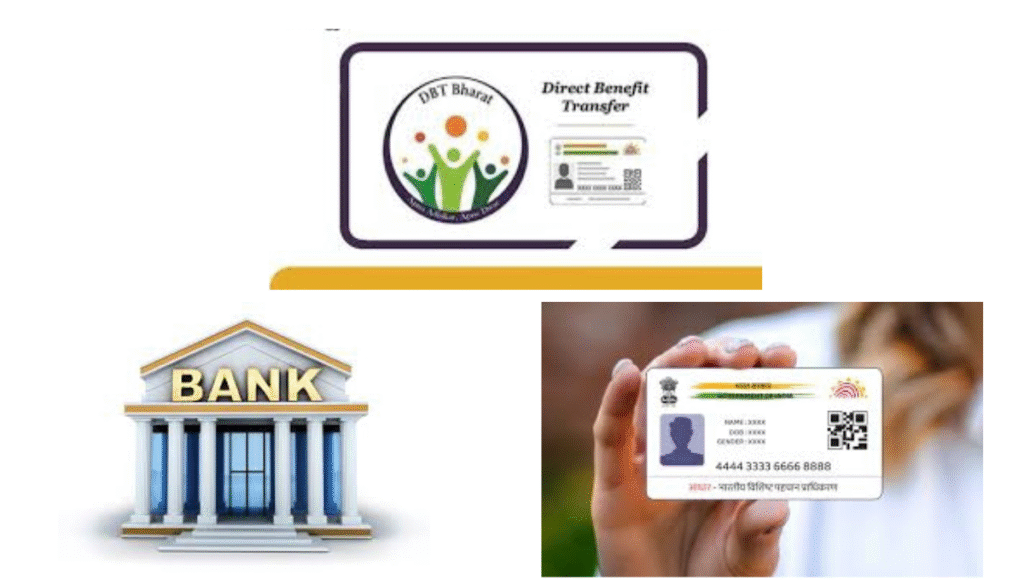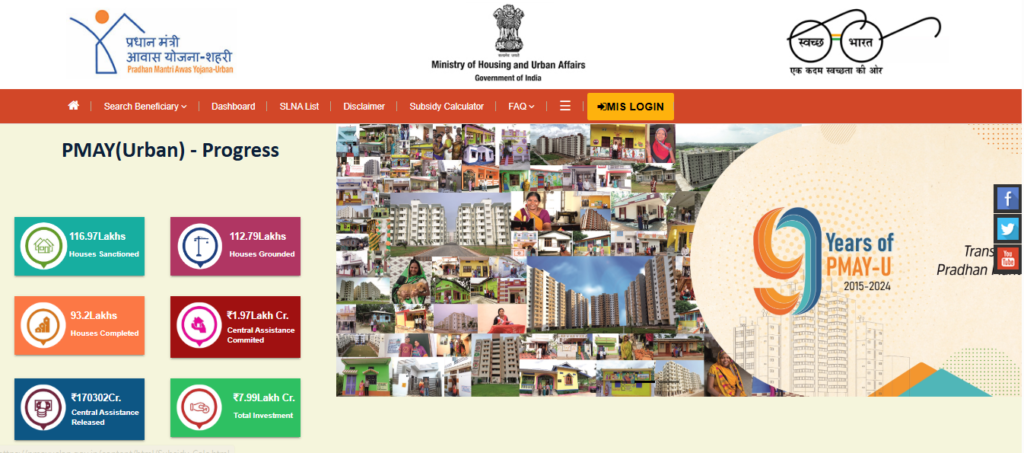
direct benefit transfer: Imagine a world where government benefits come straight into your bank account—no middlemen, no delays, no stress. That’s exactly what Direct Benefit Transfer (DBT) does. The Government of India introduced this initiative to make your life easier by ensuring that subsidies and financial support reach the people who truly need them—you, your family, your loved ones—without any hassle.
To receive these benefits, all you need is a bank account linked to your Aadhaar number. Once this is done, funds from various welfare schemes such as PM-Kisan, LPG subsidy, and even newer state schemes like Ladli Behna Yojana are transferred directly to your account—safe, fast, and secure.
What Is DBT and Why Does It Matter?
DBT stands for Direct Benefit Transfer, and it’s more than just a banking term. It’s a promise from the government to ensure that no deserving citizen is left behind. In the past, benefits often got delayed or lost due to too many hands in the process. DBT removes those barriers and delivers support directly to the beneficiary.
At the heart of DBT are a few simple steps:
- Link your bank account with Aadhaar
- Ensure your details are verified correctly
- Keep your mobile number active to receive transaction alerts
This system helps maintain transparency, reduces corruption, and makes sure that government money reaches the right person—you—on time.
Major Government Schemes You Can Benefit From
Under the DBT system, a wide range of important schemes are covered. If you or someone in your family is eligible, the money from these programs will come straight into your account:
- PM Kisan Samman Nidhi – For farmers, providing ₹6,000 annually
- Pradhan Mantri Ujjwala Yojana – Free LPG connections for women in BPL families
- PAHAL LPG Subsidy – Get LPG refill subsidy directly into your account
- MNREGA Wages – Daily wage support for rural employment
- Old Age Pension (NSAP) – Financial support for senior citizens
- Scholarship Schemes – For students from underprivileged families
- Ladli Behna Yojana – Special state scheme for women’s financial empowerment
These schemes are designed to provide real help where it’s needed the most—your home.
What You Need to Receive DBT Payments
Before you start receiving DBT benefits, make sure these three things are in place:
- A valid Aadhaar number
- A bank account linked with Aadhaar (also called Aadhaar seeding)
- A mobile number linked to both Aadhaar and your bank account
These steps are essential to verify your identity and make sure the money reaches you without delay or error.

How to Track Your DBT Payments Easily
Worried whether the payment has reached your account or not? Don’t be! You can easily check the status of your DBT payments using two reliable methods:
Through the PFMS Portal
The Public Financial Management System (PFMS) allows you to track your DBT payments online.
Visit https://pfms.nic.in, click on “Know Your Payment”, enter your bank name and account number, and then submit. You’ll see the payment status, amount, and date of credit.
Using the UMANG App
If you prefer using a mobile app, UMANG is your friend. Download it from the Play Store or App Store, register using your mobile number, and select the relevant scheme. You can check your payment history anytime, anywhere with just a few taps.
Whether you’re a farmer, a student, a worker, a senior citizen, or a homemaker, Direct Benefit Transfer is designed to serve you. It’s fast, safe, and transparent. By staying informed and keeping your details updated, you make sure that no benefit meant for you is ever missed.
Disclaimer: This article is for informational purposes only. The actual eligibility, scheme benefits, and availability may vary based on your state or central government regulations. Always refer to official portals like https://pmkisan.gov.in, https://pfms.nic.in, or consult your local CSC (Common Service Centre) for the most accurate and updated information.
Read more
National Education Policy 2020: What Has Changed in India’s Education System
Pradhan Mantri Ujjwala Yojana 2025: Apply Online for Free Gas Connection


